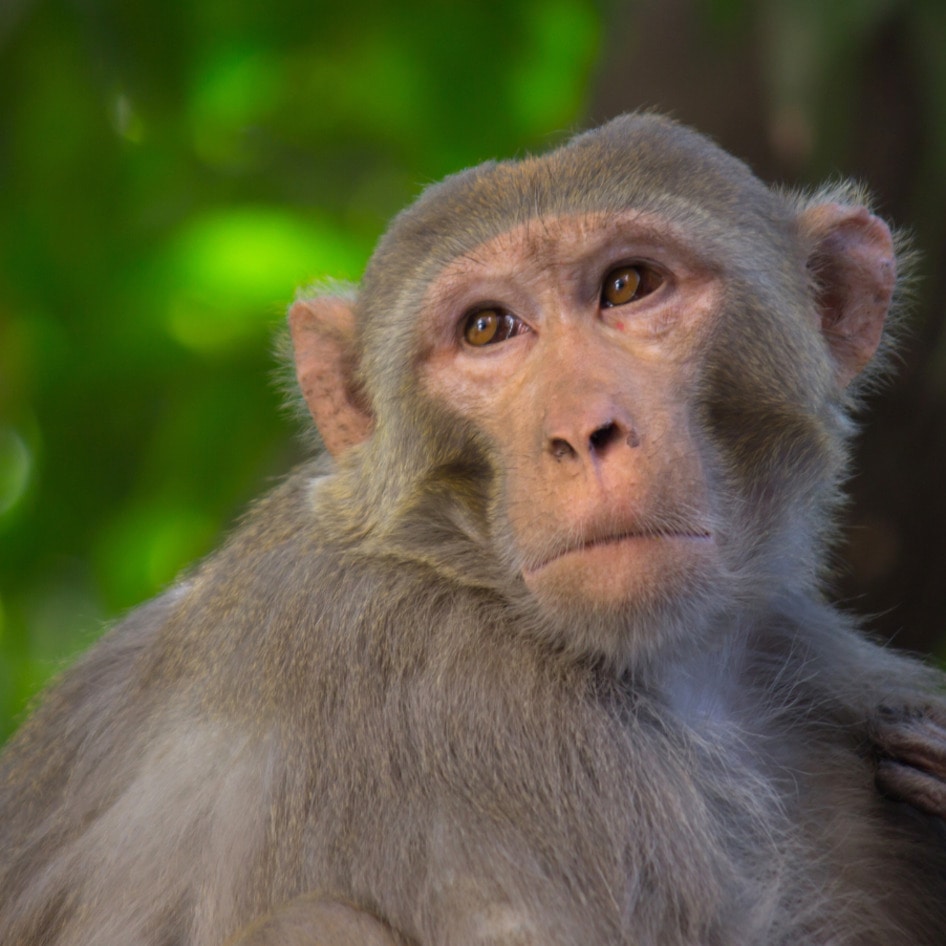5 Asian Countries Making Strides for Animals
Culture surrounding animal welfare has shifted throughout Asia, as more people join forces to create change.
May 21, 2012
In Asia, the most headline-grabbing animal-welfare issues are those tied to thousands of years of tradition, which continue to inform many countries’ cultures surrounding the uses of animals and animal products. But as an economically powerful urban middle class emerges in both East and South Asia, cultural attitudes are beginning to shift, partially because of an increased access to world travel and Western influence. As a result, a heightened awareness of animal-welfare issues, coupled with the increasing acceptance of animals as companions, has led numerous citizens to rally against previously unquestioned practices.
In fact, there’s never been a more critical time for Asian countries to explore issues of animal welfare. Meat consumption is at an all-time high in countries such as India and China, the latter of which now eats more than twice as much meat as American consumers, amounting to approximately a quarter of all meat produced worldwide. In light of the continent’s evolution toward a more animal-friendly atmosphere, here are five countries that have been at the heart of recent animal-welfare victories.
China
In April, more than 200 animal-welfare advocates, responding to a viral call to action on social-media platform Weibo, congregated at a tollbooth in an effort to block a truck from transporting 580 dogs to a local slaughterhouse. Because eating dog meat remains an accepted—and legal—practice in China, the activists pooled their resources to buy the malnourished and neglected dogs from the shipper before sending them to a local shelter for care. Recently, similar attempts have skyrocketed: An estimated 2,000 dogs have been rescued in the past year alone, NPR reports, and in 2011, activists successfully shut down a centuries-old dog-eating festival after rigorous campaigning.
Opposition to bear-bile farming dominated the headlines for weeks in February after Chinese celebrities such as basketball star Yao Ming spoke out against the practice of collecting bile from the gall bladders of living bears using metal tubes. The cruel industry, which places as many as 20,000 bears in captivity each year to gather their bile for medicine, is the focus of Cages of Shame, a film that chronicles the rescue of 10 bears, set to debut in September.
Taiwan
The island of Taiwan, governed by the Republic of China, has made an effort in recent years to curb animal cruelty. Late last year, the country became the first in Asia to introduce legislation banning shark finning—the act of cutting off sharks’ fins and throwing them back to the water to die. The law was a response to local luxury hotels’ refusal to stop serving shark fin soup, a traditional meal favored by wealthy Chinese. Up to 73 million sharks die each year to satisfy the public’s appetite for the controversial soup, which remains associated with opulence in spite of global efforts to diminish its significance.
In addition to shark finning, the Taiwanese government recently proposed a ban on mercy releases, a spiritual ritual during which Buddhists release captive animals into the wild in order to improve their karma. According to government officials, approximately 200 million animals, mostly birds and fish, are released annually. Facing unnatural habitats and a lack of food, few end up surviving. The government is currently in negotiations to finalize the ban, with support from animal-welfare and environmentalist organizations such as Environment and Animal Society of Taiwan and Humane Society International.
Japan
Even in a country at the forefront of technological innovations, animal-welfare standards in Japan continue to lag. Academy Award-winning film The Cove educated millions about dolphin slaughter in Taiji, Japan, a village known for producing whale and dolphin meat. Following the success of the film, mounting concern over cetacean meat’s endurance in Japanese culture led hundreds of thousands of angry consumers to petition against its sale on amazon.com’s Japanese subsidiary in early 2012. The public outcry was effective: In March, soon after the media picked up the story, the online retailer removed the items, many of which reportedly came from endangered and protected species.
More recently, the Japanese government passed an ordinance that bans the display of animals after 8pm. The country’s environment ministry created the law in response to a whopping 155,000 requests from Japanese consumers—a number French news agency Agence France-Presse called “unusually high … in politically ambivalent Japan.” The requests were mainly an effort to prohibit Tokyo pet shops from placing dogs and cats on display in cramped glass compartments well into the night. But to some animal-welfare advocates, a beneficial byproduct of the law is that it may derail Japan’s popular cat café industry, which enables customers to mingle with cats in a potentially stressful coffee shop environment.
Indonesia
The Indonesian livestock-slaughter industry received a massive blow in the summer of 2011 after nonprofit Animals Australia captured undercover footage of Australian cows being brutally abused at an Indonesian slaughterhouse. According to ABC News, which broadcast the video, Indonesia is a central market for the export of Australian livestock, with 60 percent of the country’s cattle ending up in the Southeast Asian country. Uproar over the footage forced the Australian government to suspend cattle exports to Indonesia and implement tougher welfare standards.
Though trade resumed a month later, Indonesia has had a difficult time recovering from the financially damaging effects of the ban. Still, according to animal-welfare advocates, there remains a lot of work to be done. Last week, Animals Australia released yet another video to the Agriculture Department depicting cruelty in Indonesian slaughterhouses, proving that government regulations have been weakly enforced.
India
The largely vegetarian nation of India is no stranger to issues of animal welfare: In 1960, it became one of the first countries worldwide to enact legislation prohibiting animal cruelty, and the country’s constitution lists compassion toward all beings as a fundamental tenet. But some animal-welfare advocates are seeing a discrepancy between the country’s policies on paper and their reality in practice, and are urging the immediate adoption of the Animal Welfare Act of 2011. Proposed provisions of the measure include prioritizing animal birth control and improving the conditions for cattle being transported within the country.
Though the Animal Welfare Act of 2011 has yet to pass, its predecessor, 1960’s Prevention of Cruelty to Animals Act, served as the framework for groundbreaking new legislation banning the use of animals in dissection and scientific research. Effective this year, educational institutions, hospitals, and labs will be required to use research alternatives such as computer simulations and mannequins. The measure, which excludes new molecular research, represents an effort to avoid the unnecessary suffering of animals.
As the animal-welfare movement continues to gain momentum in Asia, activists’ efforts will undoubtedly impact both the cultural understanding and legislative policy surrounding the treatment of animals. Perhaps, in time, welfare advocates will be able to reconcile their desire to preserve tradition with their goal of alleviating the suffering of all species.
JUMP TO ... Latest News | Recipes | Guides | Health | Subscribe
Photo: Xaxor







